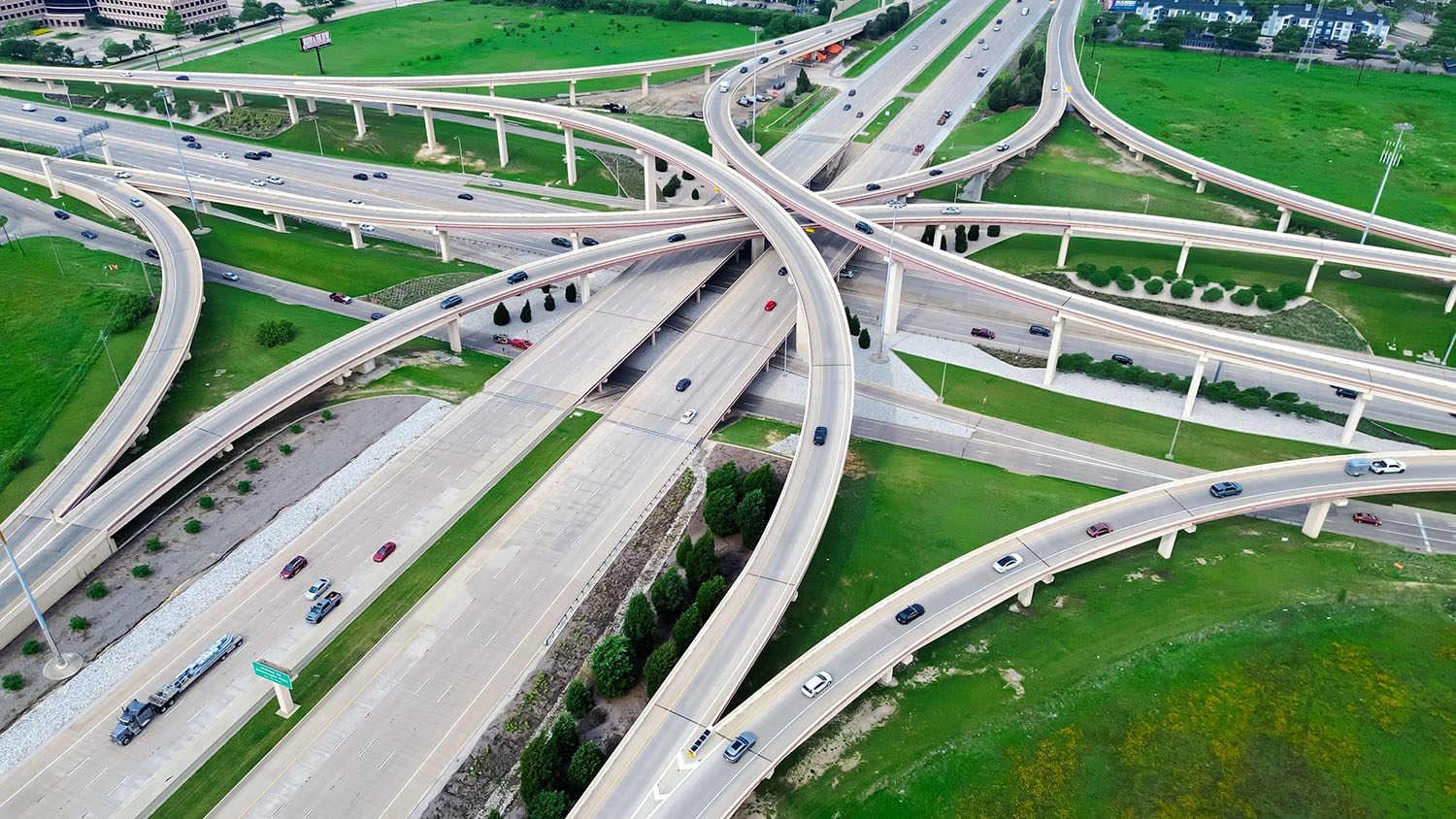Driving in the Dallas–Fort Worth Metroplex comes with its own unique set of challenges. Between unpredictable weather, aggressive drivers, and ever-evolving construction zones, it’s more important than ever to stay sharp behind the wheel. At Mindi McKinley Insurance Services, we care about our community—and that means helping you stay safe, avoid accidents, and keep your insurance premiums low.
Whether you’re commuting down I-35, navigating I-635, or zipping along toll roads like the George Bush Turnpike or Sam Rayburn, these defensive driving tips can help you stay in control.
1. Keep Your Eyes Moving
With the pace of traffic on highways like I-635 or US-75, it’s easy to get tunnel vision. Defensive driving means constantly scanning your surroundings—watch the road ahead, your mirrors, and check blind spots often. Be aware of aggressive lane changers, distracted drivers, and unexpected debris (especially after storms).
2. Expect the Unexpected in Construction Zones
DFW seems to be in a permanent state of construction. Whether it’s road work on the LBJ Freeway or lane shifts in Fort Worth, assume other drivers may be confused or react unpredictably. Slow down, follow signs closely, and never rely on GPS alone—it may not reflect current conditions.
3. Watch Out for Weather Whiplash
North Texas is famous for its rapidly changing weather. A sunny morning can turn into a thunderstorm-filled afternoon. Rain, hail, and strong winds can all create dangerous driving conditions. Always leave extra space in poor weather and reduce speed accordingly. If it starts to flood—turn around, don’t drown.
4. Mind the Left Lane Laws
Many DFW drivers don’t realize Texas law requires slower traffic to keep right, especially on highways. Avoid camping in the left lane if you’re not actively passing, and watch out for those who ignore this rule—it can lead to sudden lane changes and road rage.
5. Avoid Distractions
Phones, navigation systems, and even digital billboards (we see you, I-30) can steal your attention. Texas law prohibits texting while driving, but even hands-free distractions can be dangerous. Stay focused on the road and pull over if you need to respond to a call or message.
6. Leave Room and Plan Your Escape
Always maintain a safe following distance—especially during rush hour. If the car in front of you stops suddenly, you need time to react. Also, keep an eye out for an “escape route” in case you need to move out of harm’s way. This is especially important on high-speed roads like I-20 or the Dallas North Tollway.
7. Watch for Pedestrians and Cyclists in Urban Areas
Downtown Dallas, Fort Worth’s Magnolia District, and even suburbs like Plano and Frisco are seeing more pedestrian and bike traffic. Stay alert at crosswalks, give cyclists plenty of room, and be extra cautious in school zones or near parks.
8. Don’t Rely on Other Drivers to Follow the Rules
This is the golden rule of defensive driving. Just because you have the right of way doesn’t mean others will yield. Anticipate mistakes from other drivers and be ready to respond without overreacting.
Protect Yourself—and Your Wallet
Accidents not only threaten your safety—they can also raise your insurance premiums. Practicing defensive driving is one of the best ways to protect yourself, your passengers, and your budget.
Many insurance companies offer discounts for completing a certified defensive driving course. It’s worth checking with your agent to see what’s available—and if you’re in the DFW area, Mindi McKinley Insurance Services is happy to help you explore your options.


